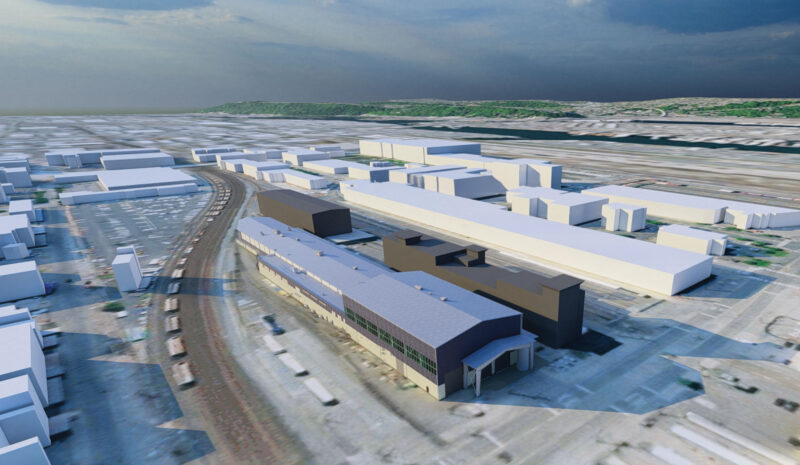
Amtrak recently announced it soon will begin planned upgrades to its King Street Coach Yard in Seattle. The rail yard experiences more than 200 train movements daily.
The nearly $300 million project will build a new service and cleaning bay and a new two-bay maintenance and inspection facility. Other work includes upgrading utilities, adding space to store train maintenance materials, and relocating existing facilities.
Work is expected to be completed in 2027. The updated rail yard will house the first Amtrak Airo trains when they enter service in 2026 for the Amtrak Cascades route.
“Thanks to the hard work of the Biden-Harris Administration and the Bipartisan Infrastructure Law’s historic funding, we’re finally addressing long-standing rail needs, advancing major projects, and upgrading vital infrastructure across the country, including Amtrak stations and facilities like the King Street Coach Yard,” Amit Bose, Federal Railroad Administration administrator, said. “The new Seattle facility and rail yard will benefit riders on several Amtrak routes, including Amtrak’s Cascades route, and upgrades will ensure it is positioned for future growth.”
Amtrak employees maintain, service and clean locomotives and passenger railcars at the rail yard that operate on Amtrak Cascades, Coast Starlight, and Empire Builder routes. Workers also maintain Sounder commuter trains. Work will continue throughout the project.
Amtrak said its brand new trains are slated to replace a majority of its existing fleet. Amtrak Airo manufacturing has ramped up, new Acela testing is underway in the northeast, and procurement has begun to replace the current Long Distance fleet.
“Buying new trains is about a lot more than just the cars or locomotives,” said Rail Passengers Association President and CEO Jim Mathews. “You need to make the right kinds of investments up front to manage and maintain your new fleet. This is yet another example of how the Bipartisan Infrastructure Law is paving the way for a new era of passenger rail in the U.S.”